- News
-
-
-
-
-
Latest News Articles
- ‘Supercomputing’ uncovers information about great gray owl May 1, 2024
- Shedding light on vanishing fireflies May 1, 2024
- JWM: Problem crocs in Darwin, Australia come from far and wide April 30, 2024
-
-
-
- Wildlife Professional Resources
-
- Our Network
-
- PUBLICATIONS
-
-
Recent Posts
-
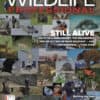 The Wildlife Professional November/December Issue
November 1, 2023
The Wildlife Professional November/December Issue
November 1, 2023
-
-
-
-
-
-
- Wildlife Events
-
-
-
Upcoming Webinars
- No Events
-
-
-
- Who We Are
-
Tag: Arctic
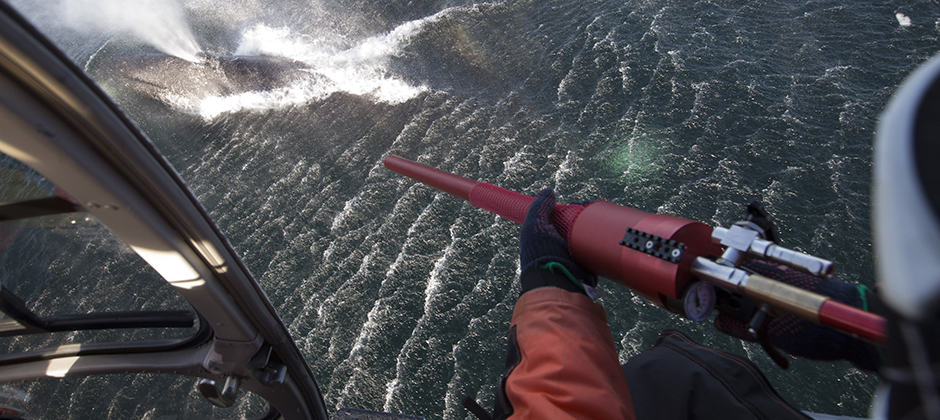
August 26, 2022
Arctic whales shift northward as climate warms
As sea temperatures warm in the Arctic, polar whales will likely move northward, raising questions about their ability to persist as colder habitats disappear. “We’re learning they actually give a...
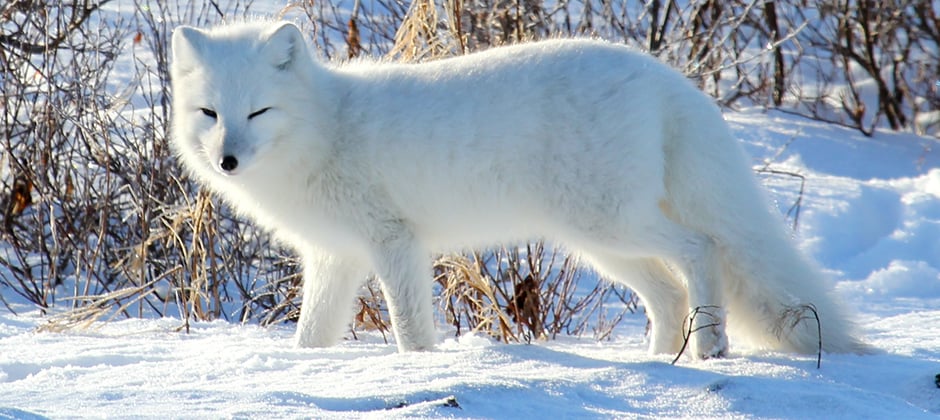
July 6, 2022
Arctic mammals respond to changing climate
To understand how Arctic species might respond to climate change, researchers dug into how cold-adapted species responded between previous ice ages. Biologists had concluded that as massive ice sheets retreated,...
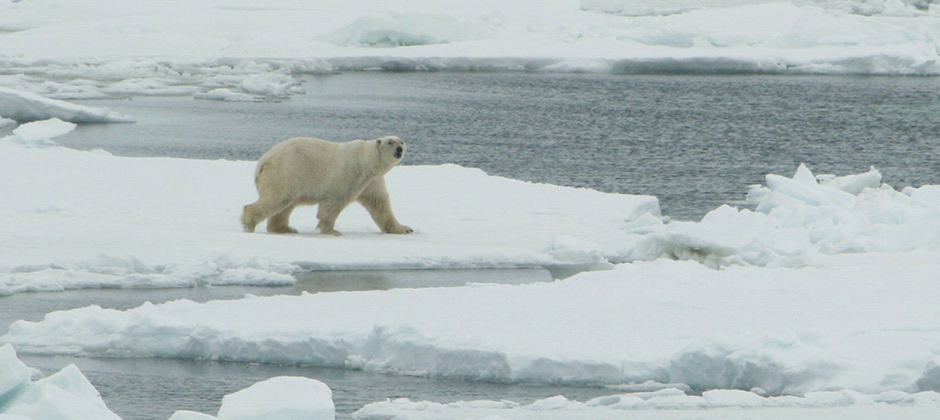
March 28, 2022
Arctic sea ice is 10th lowest on record
Arctic sea ice fell to its 10th lowest on record last winter, according to NASA’s National Snow and Ice Data Center. The sea ice peaked at 5.75 million square miles...
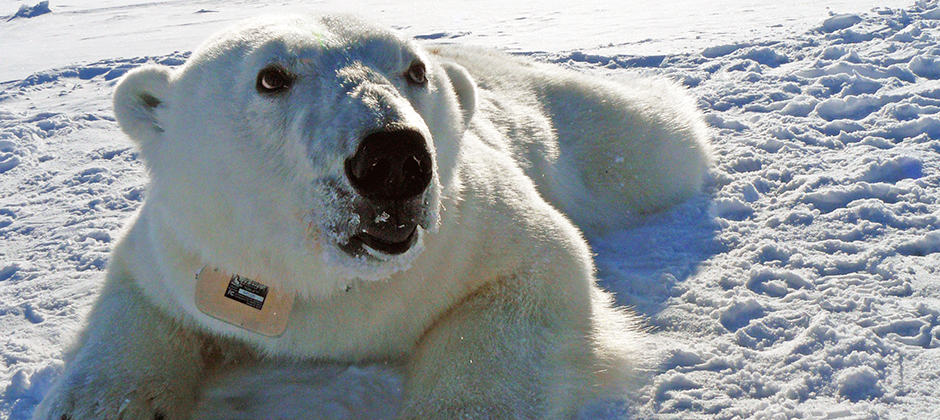
March 9, 2022
Polar bear ranges increase as sea ice shrinks
As climate change causes sea ice to recede in the Arctic, polar bears must decide whether to travel farther for their ringed seal prey or swim to land in search...
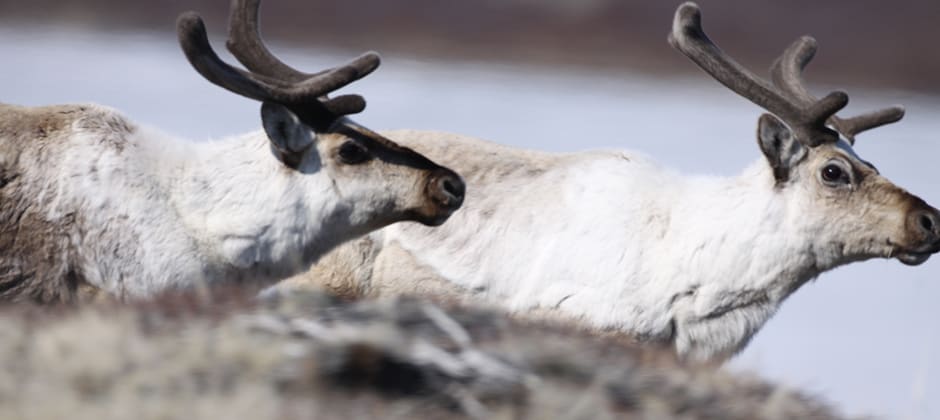
March 8, 2022
Caribou, muskoxen benefit rare vegetation
Conservation and management of populations of large herbivores like caribou and muskoxen on the Arctic tundra could help maintain rare plant species under climate change. Although it sounds strange, most...
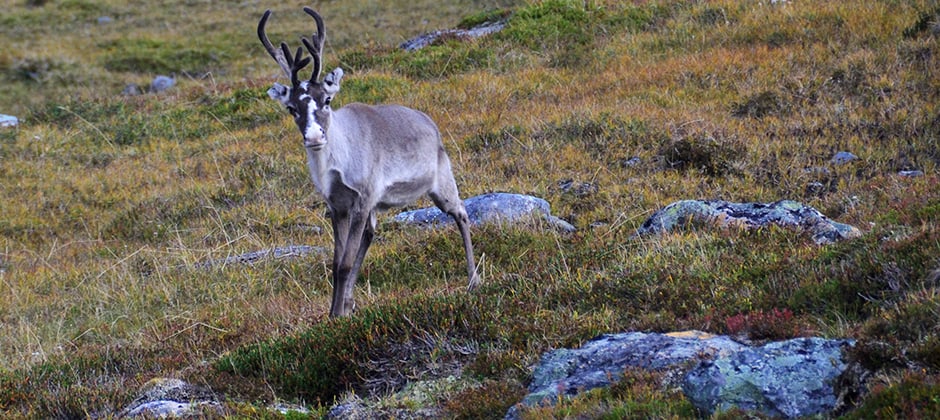
January 12, 2022
Interdisciplinary effort to understand caribou challenges
An interdisciplinary team of scientists and Indigenous people are working together to study how climate change and human development are impacting declining caribou herds in Canada and Alaska. The team,...
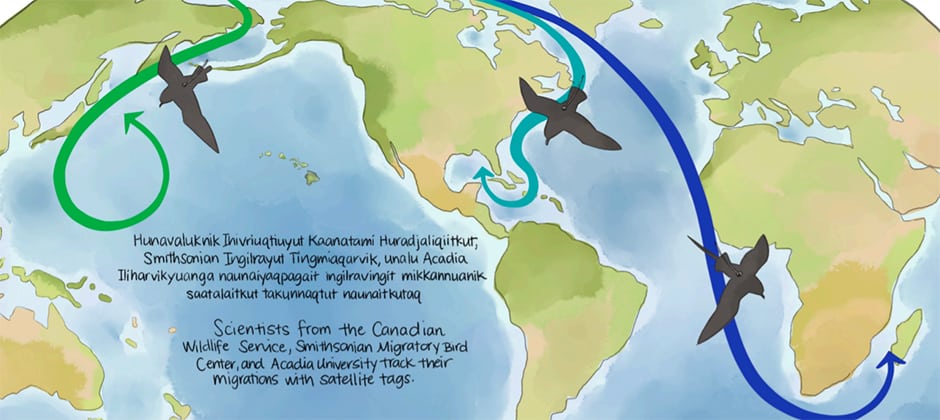
December 22, 2021
Study—and comic—illustrate seabirds’ journey
As the climate changes, researchers want to better understand how Arctic seabirds migrate to aid conservation efforts. Using telemetry, they found three jaeger species leave a shared nesting location in...
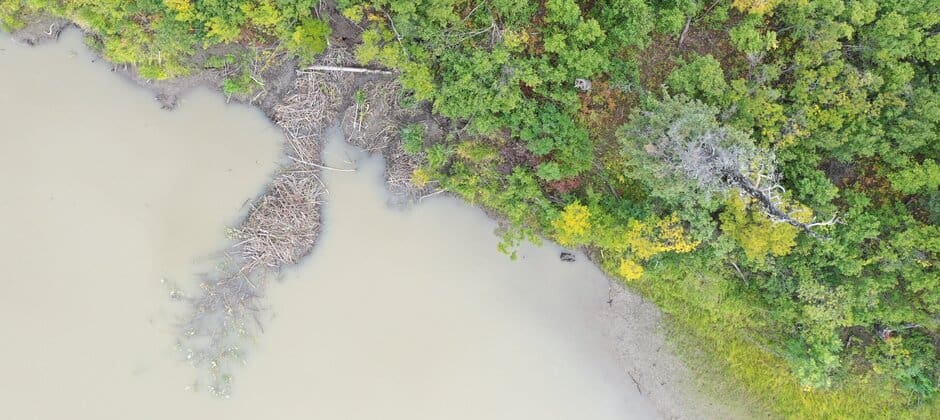
December 21, 2021
Beavers expanding into Arctic, transforming the tundra
Beavers are heading northward, and they’re having a significant impact on the landscape in northern Canada and Alaska. That’s one of the findings highlighted in the Arctic Report Card 2021,...
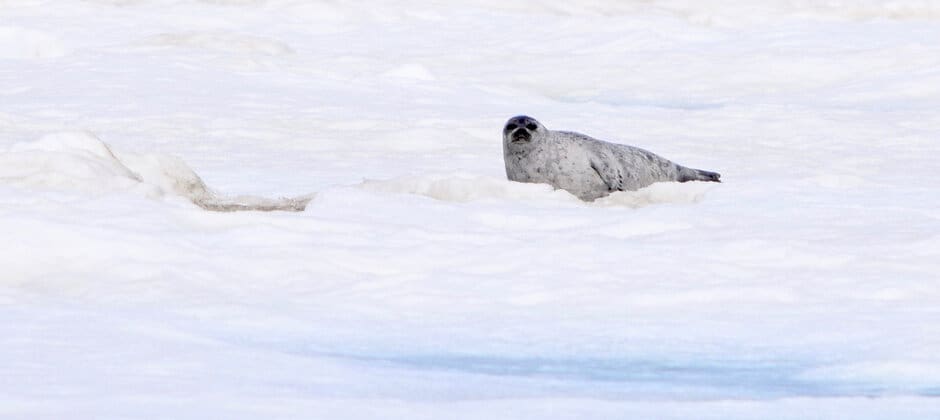
October 29, 2021
TWS2021: Climate change may shift seal prey in Arctic
Climate change could change the number and location of fish that seals prey on in Hudson Bay by the end of the century, likely affecting seal populations. Past studies have...
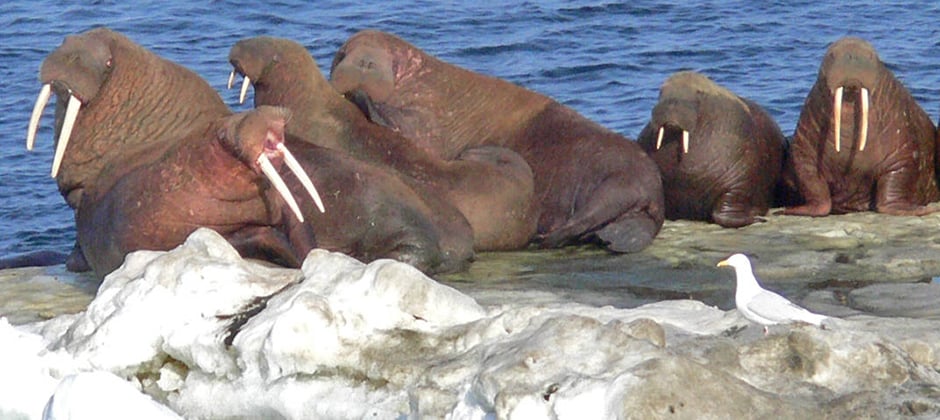
September 17, 2021
Watch: AI predicts long-term sea ice changes
Traditional models predict Arctic sea ice levels well over a few weeks, but long-range forecasting is a challenge. But researchers say a new tool using artificial intelligence may be far...

